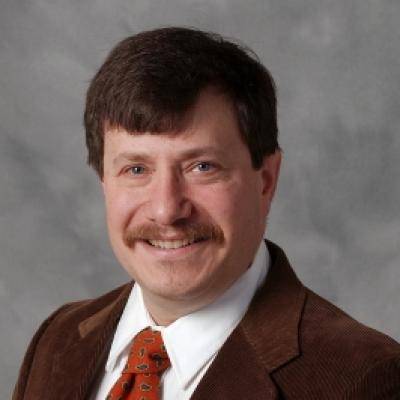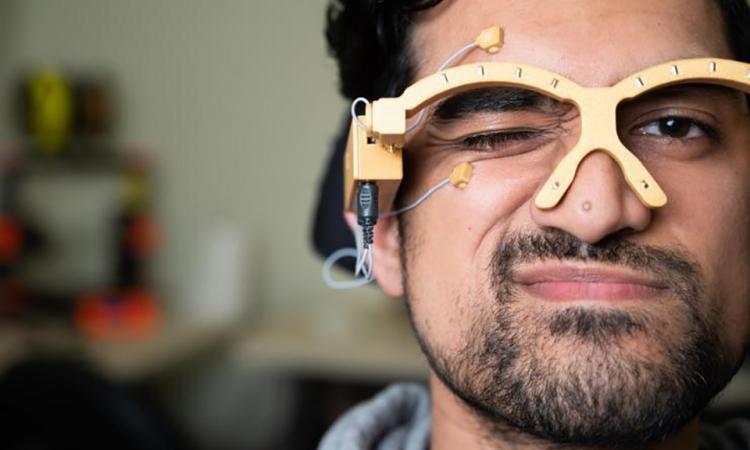
The typically tedious and monotonous job of scanning documents is getting a bit easier, thanks to new research from Georgia Tech School Electrical and Computer Engineering (ECE) Professor David Citrin.
Current bulk digital scanners can accept stacks of unsorted documents, but the task would be greatly sped up if the scanner could know how many sheets of paper are in the stack and if paper clips, staples, or other obstructions are present before the automated sorting began.
The team, which includes co-authors Min Zhai, a recently graduated ECE Ph.D. student now at Shenzhen University, China, and ECE Adjunct Professor Alexandre Locquet, recently won the European Optical Society (EOS) Prize for this research in their paper, “Terahertz Nondestructive Stratigraphic Reconstruction of Paper Stacks Based on Adaptive Sparse Deconvolution.”
Citrin, who joined ECE in 2001, is a renowned expert in THz technology.
“The idea for the research was born out of a problem faced by numerous companies and government agencies: scanning warehouses full of legacy documents and other important paper records,” said Citrin, who conducts his research both at the Atlanta Campus and out of Georgia Tech-Europe (GT-E).
Citrin and his Terahertz Laboratory team used time-domain Terahertz (THz) techniques with advanced signal processing to count the number of sheets in a stack of paper and simultaneously measure the thicknesses of the paper sheets in a nondestructive and noncontact fashion.
THz electromagnetic waves are high frequency waves equal to a trillion hertz with wavelengths ranging from three millimeters down to 30 micrometers long between 100 GHz and 10 THz.
The process works by sending a short THz pulse onto a stack of paper and then looking at the various time-delayed “echoes” reflected from individual sheets of paper in the stack. Using applied signal-processing approaches they were able to obtain the desired information.
“So far, we’ve been able to count sheets of paper in stacks of up to 20 but are working on increasing that number,” said Citrin. “The end goal is to one day incorporate 3D terahertz imaging capability into future-generation paper-sorting technologies at a much larger scale.”
He and his team will receive the award at the EOS Annual Meeting on September 13, 2024, in Naples, Italy.
He’s previously utilized THz imaging to reveal the secrets of 17th-century artists by peering through layers of pigment and to look beneath the corroded surface of a 16th-century lead funerary cross.
Related Content
MagTrack Technology Opens Doors for Independent Operation of Smartphones, Computers, and Other Devices for Wheelchair Users
The collaboration between the Brooks and Georgia Tech teams has created a path to a first-of-its-kind, innovative application for individuals living with disabilities.
Mobility Innovation Shines as ECE Interdisciplinary Teams Take Top Prizes at Spring Capstone Design Expo
Navigating a bustling airport can be a daunting challenge for visually impaired individuals, but Seekr, an interdisciplinary team of students, believes it has created a viable solution to the challenge.



